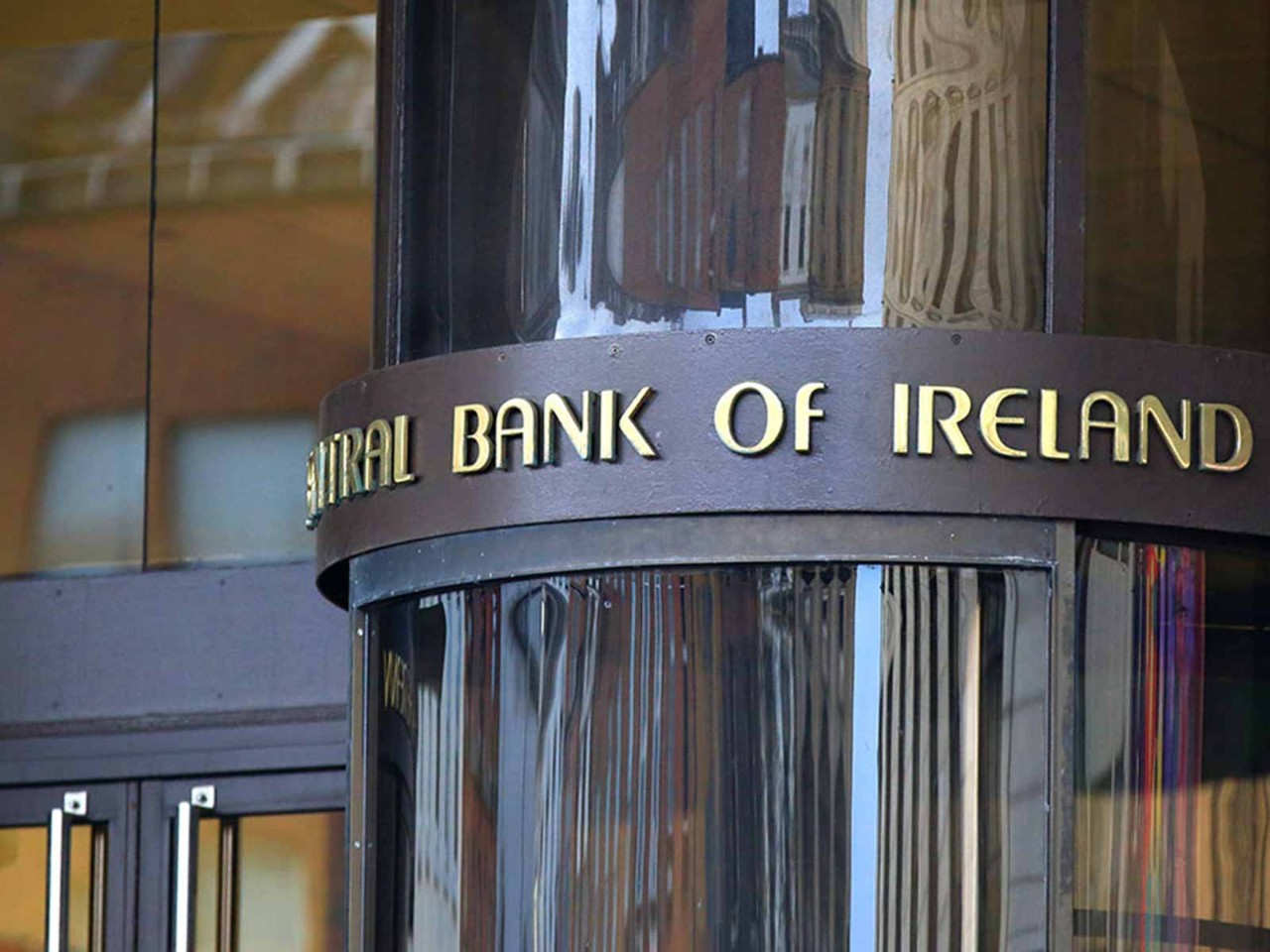
Once a familiar label found on products ranging from electronic watches to jeans to toys, the 'Made-in-Hong-Kong' trademark is being reshaped for a new era.
Unlike the rubber duck, Barbie dolls and huge volumes of the world’s electronics products and textiles that Hong Kong's labour-intensive factories were once globally famed for producing, the trajectory of the 21st century is focused on high-end, advanced manufacturing, harnessing innovation and technology (I&T) and smart production.
Shifts in what the 'Made-in-Hong-Kong' label is attached to are nothing new. Although today the Special Administrative Region produces only a small fraction of the industrial output of the 1960s and 1970s, during the last six or seven decades, as the SAR morphed from one industry-sector driver to the next, the label has undergone many reincarnations.
Advanced manufacturing
For example, during the late 1970s and 1980s, as manufacturers relocated across the border into mainland China to take advantage of more space and cheaper labour, financial services, trading and logistics, professional services and tourism supplanted manufacturing.

The trajectory of the 21st century is focused on high-end, advanced manufacturing, harnessing innovation and technology and smart production
However, concerned about the risk of having too many eggs in one basket, the concept of 'advanced manufacturing' is in line with the government’s aim of heralding a hi-tech industrial renaissance and, with it, the vision to rejuvenate the 'Made-in-Hong-Kong' brand.
To support its vision, over the past three years the government has allocated over HK$100bn to support the development of I&T. At the same time, the government has extended the scope of its Dedicated Fund on Branding, Upgrading and Domestic Skills; this allows enterprises to make use of its HK$4m budget to undertake branding projects in mainland China as well as with its free trade agreement partners around the world.
Towards reindustrialisation
The Federation of Hong Kong Industries (FHKI), a statutory organisation that supports industrial and commercial sectors, is firmly on board with the government's reindustrialisation efforts. With demand for high-quality design and customisation growing, the FHKI believes that advanced manufacturing opens a new path as part of the city’s ongoing pursuit of innovation.
In addition to making use of high-end technology such as the Internet of Things (IOT), artificial intelligence, new materials and smart production procedures, the FHKI believes that the drive should also include purchasing, research, design, manufacturing, engineering, branding and marketing.
Major investment
Taking a further step towards rejuvenating 'Made in Hong Kong', the Hong Kong Science and Technology Parks Corporation (HKSTP) has revealed that a purpose-built advanced manufacturing centre (AMC) slated for completion in 2022, will offer around 2.7 hectares of manufacturing space for industries of any scale, provided they use advanced manufacturing to offer high-value-added technological innovation and customised production.
Advanced manufacturing will elevate 'Made in Hong Kong' to a future-focused global standard and a source of local pride
Rather than enticing factories back to Hong Kong from mainland China, the AMC aims to create a new economic growth engine for Hong Kong by using I&T to help companies and start-ups turn their research into products, while also supporting established manufacturers in adopting new technologies to upgrade and transform their businesses.
Magic ingredient
HKSTP CEO Albert Wong believes that advanced manufacturing is the magic ingredient needed to improve and accelerate industrial development systems, including design and engineering.
According to Wong, advanced manufacturing – supported by Hong Kong's reputable testing and certification ecosystem and comprehensive quality control – will elevate 'Made in Hong Kong' beyond its manufacturing powerhouse days to a future-focused global standard and a source of local pride.




